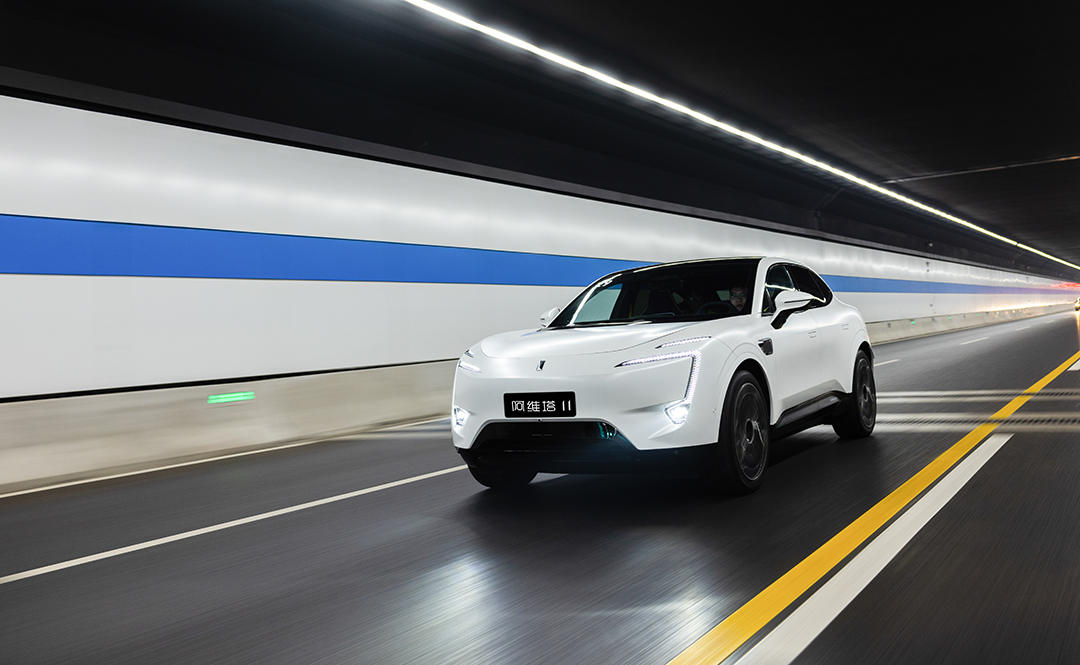Writing | Roomy
Edited by | Zhou Changxian
I have to admit, I didn’t have a deep understanding of the “emotional intelligent electric car” that AVITA 11 claimed before. Or, based on the overall feeling of many smart cars on the market, the word “emotional” often exists only at the level of “talk.”
There is an inertia in the experience of the intelligent driving system and the intelligent cockpit. There are very few functions that can be “said beautifully,” “done,” and perceived by users as “emotional.” Perhaps because I am a Virgo, I am a bit obsessive-compulsive, and I always find some point to nitpick when using some functions.
On November 14th, at the “Intelligent Driving Experience Day” of the AVITA 11, I changed my mind.
After experiencing various intelligent driving functions such as the intelligent emotional cockpit, APA intelligent parking assist, high-speed NCA intelligent driving navigation assist, and urban ICA intelligent cruise assist, I finally got the reason why AVITA 11 is positioned as an “emotional intelligent electric car” and it is “well-deserved.”
Thanks to all-standard configuration of AVITA 11, there are three parts that left a deep impression on me after experiencing them.
So, what was the consideration behind the resolute decision to choose all-standard configuration? The CEO and Chairman of AVITA Technology, Tan Benhong, explained it clearly.
“In the insider-driven industry environment, all the opportunities that can be divided have already been taken. For AVITA, the all-standard configuration of intelligent driving assist is to provide consumers with a safe and excellent intelligent driving assist. With the joint efforts of Changan Auto, Huawei, and CATL, we believe that AVITA can achieve this.”
So, how good is the intelligent driving of AVITA 11 in reality? Let the product speak for itself.
High-speed NCA, decisive and smooth
The high-speed NCA intelligent driving navigation assist function is the last experiential item. “Decisive” and “smooth,” without any hesitation or dragging, are the most obvious feelings.
Unlike some models that have problems such as slow lane-changing and hesitant lane-changing, AVITA 11 is able to accurately predict the road conditions and respond accordingly. For example, it only took 2 seconds from the beginning of the steering to the completion of the lane change. If it were human driving, unless it was an experienced driver, such quick and resolute driving would be difficult to achieve.
The route for experiencing the high-speed NCA intelligent driving navigation assist function is about 30 kilometers in total on the roads where the function is available. Throughout the journey, the car was under no manual control, and the recognition was clear and the deceleration was comfortable. Both the driver and passengers in the rear seat can barely feel any bumps or sudden turns, which provides a sense of security.During the driving process, the teacher sitting in the driver’s seat took the time to enjoy a cup of coffee and took a few selfies.
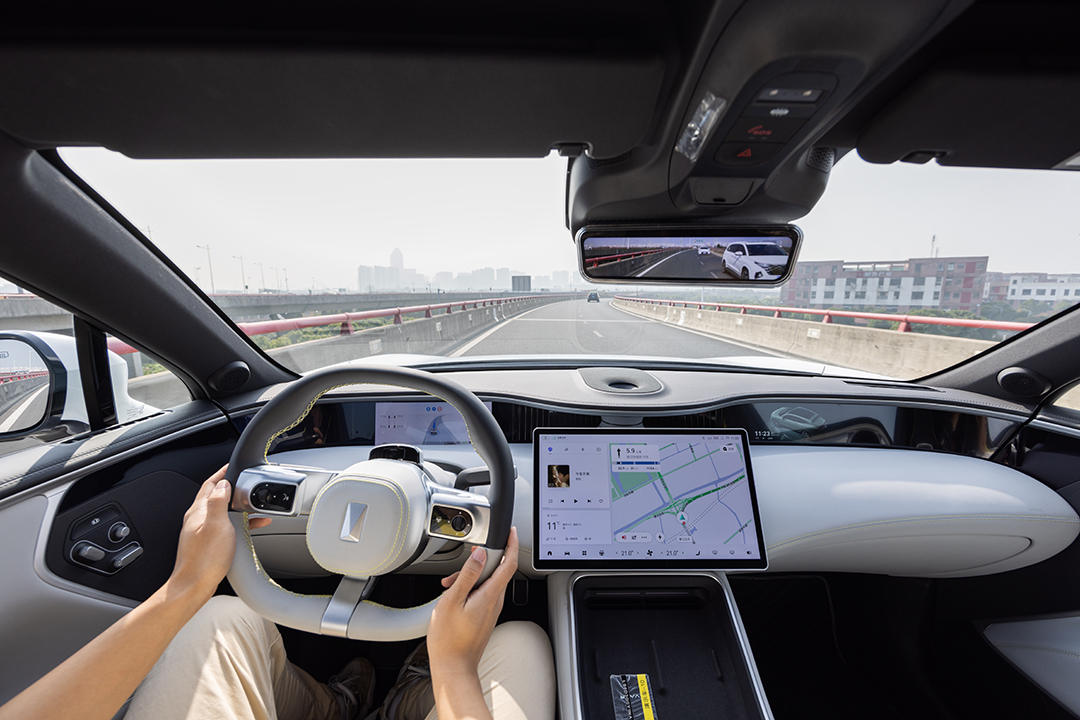
Thanks to the high-precision map coverage, Avitan 11 accurately controls the distance between vehicles. Once enabled, it can autonomously identify speed limit signs, merge onto highways, and switch to high-speed mode, among other functions. Furthermore, it can accurately predict the overtaking or cutting in intentions of other vehicles and make decisive responses.
This is extremely important. Many drivers rely too much on insufficiently precise driving assistance functions, resulting in tragedies that could have been avoided.
Advanced intelligent driving assistance systems are an important arena in the “battle for intelligence in the second half.” This has become a consensus, and everyone wants to seize this high ground, so there are many different approaches to achieve this.
Nomenclature and concepts for various autonomous driving assistance systems, such as NOA, NGP, NOH, and NCA, are emerging in an overwhelming fashion that is reminiscent of “flowers in confusion ready to bewitch the eyes.” Though it may appear lively, an undeniable fact is that there are no corresponding standards from the technical system to the industry chain.
Particularly, many core components of perception systems do not have unified standards. Coupled with many technological challenges to be addressed, such as complex intersections, lane-changing, ghost components, and cutting in situations, it is difficult for consumers to differentiate which of the existing intelligent driving systems is safer and more user-friendly.
To address this issue, Avitan 11 maintains an attitude that I appreciate; it does not overly hype its functions, rather ensures it has solid capabilities. Based on Huawei ADS, Avitans intelligent navigation system AVATRANS is currently at the top level, with its hardware and software combined that can be said to be fully skilled.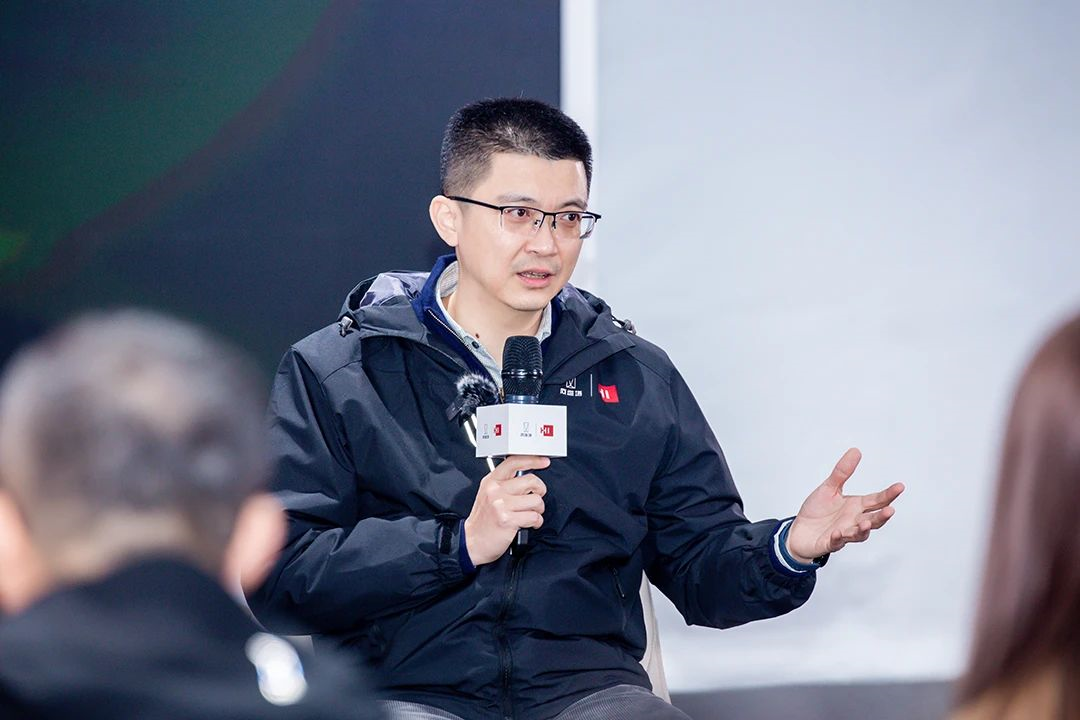
During the interview, Tan Benhong presented two viewpoints that represent Avita’s product principles: “How to make intelligent driving meet users’ needs?” and “The bottom line that must be met for any function delivered to consumers is safety.”
Two principles: User needs are the core and safety is the bottom line.
Therefore, Avita is willing to spend money on both hardware and software for the Avita 11.
“Cost and business model are the problems we need to solve as manufacturers. As for consumers, what I want to say is: having it is definitely better than not having it, and it is much safer. This is our philosophy.”
Tan Benhong said that if you want to achieve assisted driving, under the current technical conditions, it is necessary to use more precise sensors to accomplish sensor fusion perception.
At the hardware level, the Avita 11 consists of 13 high-definition cameras, 3 lidars, 6 millimeter-wave radars, and 12 ultrasonic radars. The MDC central computing unit is responsible for processing perception data, and Huawei’s high-precision maps are used for assistance.

On the software side, it uses the AVATRUTH supercomputing system, which includes a high-performance computing platform, fusion perception algorithm, VRU interaction and game algorithm, and data simulation training. It can provide 360-degree full-coverage fusion perception capability.
Among them, the standard configuration of 3 lidars is an unparalleled configuration level in the same class. It can accurately respond to complex road conditions and enable the Avita 11 to have a longer period of use in the hands of users.
“As algorithms and data iterates, the intelligent driving level of vehicles will continue to accumulate like human experience.” Wang Jun, COO of Huawei Intelligent Automotive Solution BU and president of the Intelligent Driving Solution Product Line, said.
Although Avita is often asked if the cost is too high, from the perspective of consumers, “having 3 lidars, 116-degree battery, and 425 kW of power,” is worth it, providing a guarantee for safety and usage.
“Out of the responsibility to consumers, we must offer the best products.” Tan Benhong said.## ICA Smart Cruise Assistance Can Avoid All Obstacles
The second impressive aspect is ICA Smart Cruise Assistance which displays remarkable ability to identify and avoid obstacles with great accuracy.
Avita has set up five common hazardous scenarios for daily use, including sharp curves, accidents inside the tunnels, guided construction sites with barriers and cones, water barriers on the road, and S-shaped turns.
During the Q&A session after testing, some media outlets reported that while Avita 11 was able to pass all obstacles smoothly and comfortably, their phones were almost thrown out of hand due to rough rides when they were in a Tesla car, which is not exaggerated praise but rather the common experience of many testers.
It is important to note that the most dangerous situation while driving assistance is enabled is when the vehicle fails to detect obstacles in time, and many accidents have proved this point. Therefore, Avita strives to achieve strong perception capability.
With the skillful configuration, Avita’s ICA Smart Cruise Assistance, including AEB, performed well in various extreme scenarios.
During cornering, all cars involved in the test, including XPeng, NIO, Tesla, and Avita, were able to pass smoothly, but with different perceptions. Some competitors did not slow down during the turn, and some slowed down only during entry, resulting in a rough ride experience. Compared to them, Avita 11 slows down before entering the corner and accelerates before leaving it, which stabilizes the car’s ride to some extent.
The most obvious feature of the experience is when encountering a flipped car inside the tunnel, where low light conditions put the sensitivity of the car’s perception capabilities to the test.
Model Y without a LIDAR sensor failed to detect the accident, the driver had to take over temporarily, resulting in a bumpy ride and phone-dropping situation, which is not an exaggeration. Both NIO and Avita were able to detect the accident and stop the car actively.
Both the competitors and Avita 11 were able to recognize the cones inside the tunnel, but only Avita 11 could preemptively slow down and make a proactive lane change.One of the reasons for different experiences is recognition. The first is recognition success rate, whether it can be recognized or not. The second is recognition accuracy, whether the recognized information is accurate. The third is recognition efficiency, how long it takes to recognize.
“The human reaction speed is basically a few hundred milliseconds. If the response speed of a set of intelligent driving system is more than one second, it has no advantage compared with humans. When encountering situations, it is too late for humans to take over.”
This is where the advantage of lidar lies. It has an advantage in judging obstacles in the front, laying a good foundation for subsequent decision-making and execution.

The ICA intelligent cruise assistance system of the Avita 11 has achieved a relatively high level of accurate perception and accurate road condition prediction and response methods, including early warning, linear deceleration, lane change signal, and other combined operations for complicated road conditions.
Avita, you know safety.
Parking Difficulties? Avita Has Something to Say
The third profound experience is intelligent parking.
A difficult oblique parking space was selected to demonstrate the intelligent parking assist function. Automatic parking used to be a product feature, but it was basically in a “use it or not” state.
Of course, it was mostly not used.
This brings us to the development stages of intelligent parking technology, which can be divided into three stages: ultrasonic radar, visual fusion, and full perception fusion.
In the first two stages, because perception and recognition were not accurate enough, the proportion of parking functions actually used in real life was not high. As a component of the intelligent driving assistance system, people have two completely different attitudes towards intelligent parking.
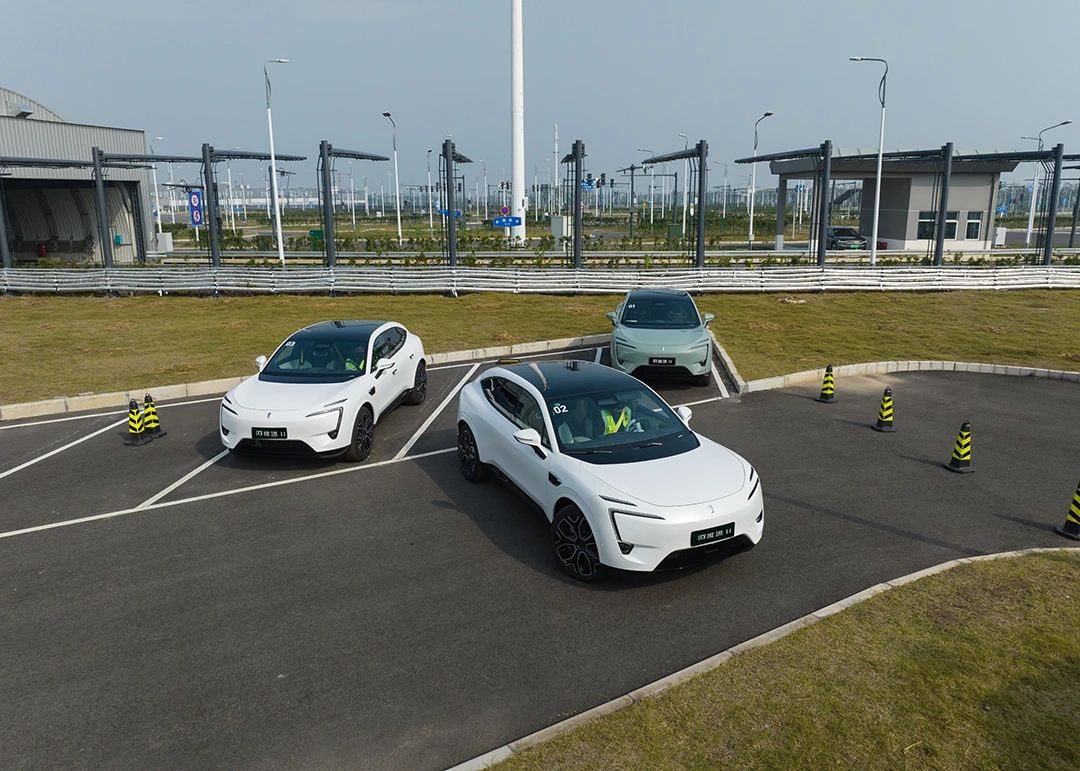
Some experienced drivers think, “I can drive in myself. There is no need to spend more money on the system. After all, it is just a system. What if it malfunctions?” However, some young users think the opposite and consider intelligent parking as one of the criteria for buying a car.
“Many oil-fueled cars applied the APA function many years ago, but many drivers did not use it, which is mainly because it is not user-friendly. If it were user-friendly, you would never go back to not using it.” Tan Benhong’s words make sense.
With the advancement of high-level intelligent driving, the requirements for intelligent parking have also been raised. It is required that the whole vehicle should be more advanced in architecture and multiple units should be deeply interconnected and cooperative.
<video controls class="w-full" preload="metadata" poster="https://42how-com.oss-cn-beijing.aliyuncs.com/article/image_20221123153004.png">
<source src="https://upload.42how.com/temp/video_1669188632545.mp4">
</video>
As the carrier of the third-generation fully integrated perceptual parking, the APA intelligent parking assistant of Aiwita 11 has completeness and applicability and can support vertical, horizontal, diagonal, and space parking, as well as complex parking spaces such as dead ends and narrow spaces.
Thanks to the recognition capability brought by 3 lidar and 34 sensors, the adjustment of braking details, and the precise control of vehicle position and route, Aiwita 11 has precise control over the whole process.
Tan Benhong said that since he got used to the parking system of Aiwita 11, he has become a little bit “unable to live without it”.
“I drive Aiwita 11 every day now and almost don’t park manually anymore. When I drive to the parking spot, I just press the automatic parking button, and after parking, the car automatically shifts to ‘P’ and locks itself. During this process, I can tidy up my things or think about other stuff on my own.”
In the demonstration process, Aiwita 11 also has some obsessive-compulsive disorder. If it is not parked in the center of the diagonal parking space, it will keep correcting the route.
The entire process is precise and smooth.
“The sensors used by Aiwita 11 can collect data very clearly. For example, when you drive around in the underground garage, the car’s instrument panel will display various objects detected, which tells you how much you’ve collected. When we choose to configure this hardware, it is to lay the foundation for subsequent data collection and OTA iteration and upgrade,” said Wang Jun.
He also agrees with Tan Benhong’s view that providing consumers with a good experience is something they are willing to try.
Perhaps it is precisely because of such a concept that Aiwita 11 has achieved something that other competing products have not. For example, none of the competing products that participated in the test were able to identify the diagonal parking space.In the future, Avita 11 will also open AVP valet parking assistance, allowing vehicles to automatically plan the optimal route and park in the designated parking space with just one click. This feature will be available via OTA upgrades in the later stage.

“In the field of intelligent driving, if we don’t make truly meaningful technological breakthroughs but instead focus on a lot of unrealistic things, I don’t think we can solve the problem,” said Tan Binhong.
Vertically, can Avita 11 represent Huawei’s highest level in the field of intelligent driving?
“At present, it can be said that this is the highest level we can achieve now, and it will certainly be better next year. From my own perspective, I think Huawei’s performance is pretty good compared to other competitors,” said Wang Jun.
Huawei is trying a new technical route to reduce its dependence on high-precision maps, according to Wang Jun. This is because high-precision maps are costly, slow, and cannot keep pace with the final delivery.
In conclusion:
As expected, Tan Binhong and Wang Jun were asked about the pressure of delivery again – both engineers were straightforward.
“As long as he can supply it, I can deliver it,” said Tan Binhong.
“If it can be sold, I can supply it,” replied Wang Jun.
Although their answers are different, they both reflect confidence in product quality, based on the concept of “being responsible for consumers” through mutual adaptation, argumentation, and continuous integration.
Tan Binhong said that he and Wang Jun had argued many times simply about whether the height of the forward-looking lidar should be 770 or 740, because the placement height is related to the distance of forward detection, and if it is lowered slightly, the detection distance would be slightly weakened, so what should be done to compensate? Can the four cameras on top make up for it? Each problem needs to be solved.
There are countless such examples of mutual adaptation.
“We are establishing a trust threshold for the intelligent driving system.” This is Wang Jun’s confidence.
In addition to the advanced Huawei system, Avita 11’s excellent basic quality, coupled with strong intelligent driving capabilities, achieves a win-win outcome.
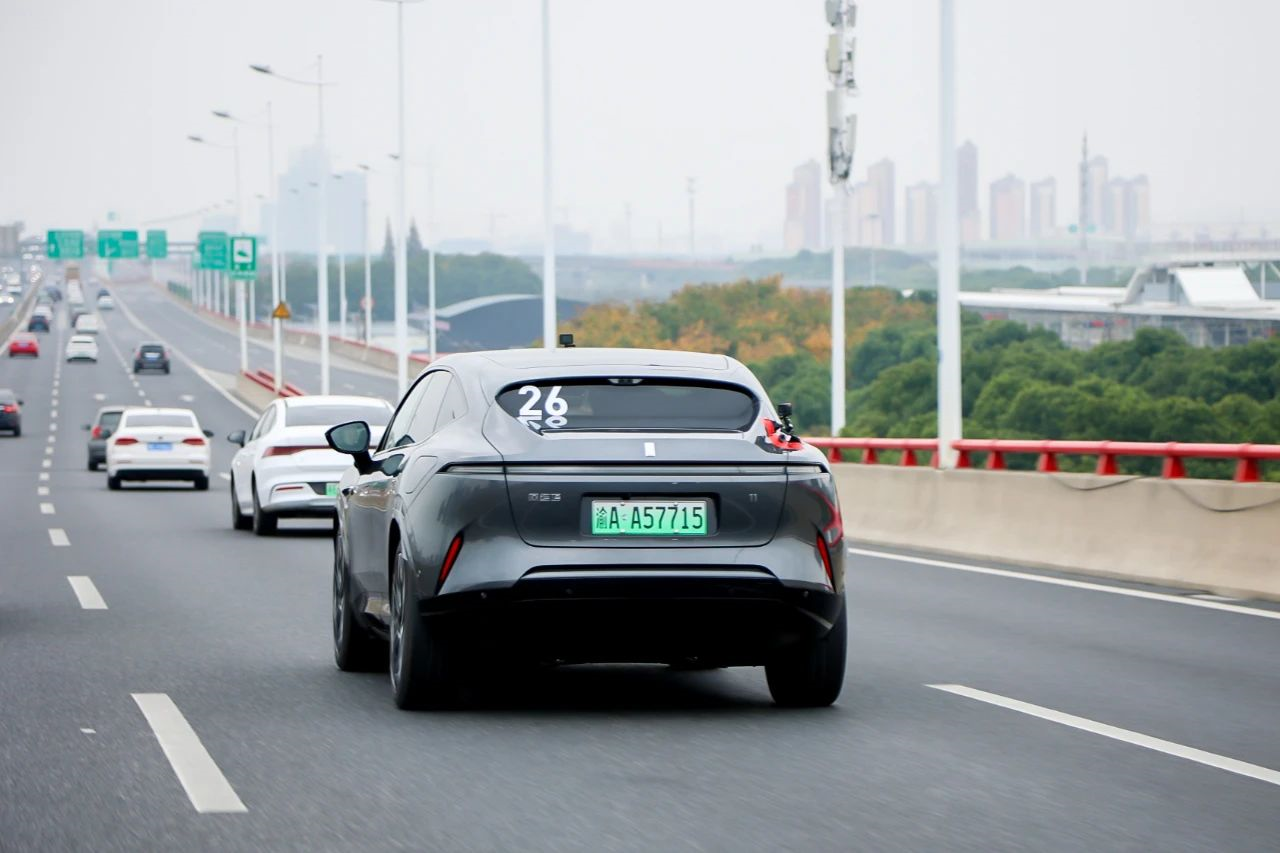 “`
“`
“Using a counterexample, Tan Benhong also has his own confidence that even a top racing driver cannot drive well with a loose chassis.
On November 1st, Avita announced that the first batch of Avita 11 has broken through 5,000 units and will begin delivery in December. It is reported that the average price (including options) of the locked orders exceeds 400,000 yuan.
Although the board of directors has not set a sales target for Avita next year, Tan Benhong is already very confident in achieving their goal.
“Our goal is to achieve a leading position in the same price range.”
Of course, after delivery, the first challenge for Avita is still user feedback.”
“`
This article is a translation by ChatGPT of a Chinese report from 42HOW. If you have any questions about it, please email bd@42how.com.
